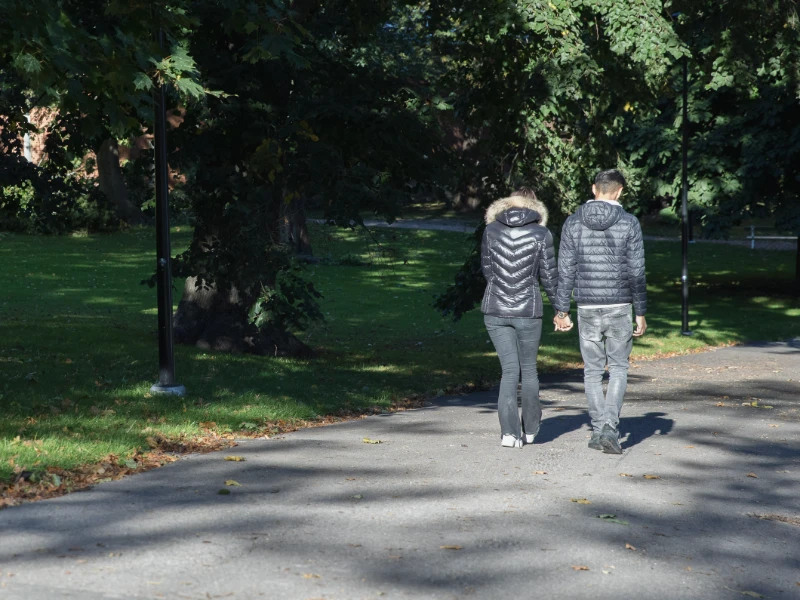PROFESSIONALS
No one should experience violence
No one should experience violence. Yet dating violence is alarmingly common among young Finns. According to recent studies and surveys (Tampere University 2023 and the Federation of Mother and Child Homes and Shelters 2019), nearly every second young person experiences dating violence in their relationships. Dating violence concerns all youngsters regardless of their gender. However, boys and young men do not often recognise abuse and don’t talk about it. Silence can be nearly as harmful as the violence itself. If victims are left without professional help, the risk of mental health issues and violence in future relationships increases.
In order to prevent dating violence or stop the cycle of violence, young people and professionals alike have to learn to recognise the phenomenon better. It is also crucial to provide information about professional counselling and various forms of help different organisations provide. The Dating Without Violence Project provided information for young people about safe dating, different forms of dating violence and professionals, who can provide help. Age is an important factor. For 13 to 15-year-olds, the primary focus is on early prevention and the given information mainly deals with safe dating as well as emotional and social skills. For 16-29-year-olds, the emphasis is on the characteristics of healthy relationships, recognising abuse and providing information about youth and adult mental health and support services.


Alongside young people, youth workers are another target group of the Dating Without Violence Project. According to recent research, young people with experiences of dating violence do not seek help from professionals. Therefore information packages and educational material will be produced to youth workers to help professionals to recognise, bring dating violence up, address and discuss it as well as direct young people to counseling services. Women’s organizations have a long history of providing gender-specific support for girls and women. Such services aren’t currently available for boys and young men. According to the studies, both genders experience dating violence. Therefore it is important to support both abused girls and boys, as gender-specific assistance is beneficial to all youngsters regardless of their gender. It is also important because boys and girls encounter different types of violence. Males are primarily subjected to emotional, digital and physical violence, whilst females are more often victims of sexual or physical abuse. It is harder for boys and young men to both recognise and talk about abuse. Due to violence they have a low self-esteem, feel ashamed and fear of being branded as weak. Often they also remain silent because they are afraid of the consequences of speaking out and want to protect both themselves and their partners.
Professional support plays a crucial role in breaking the cycle of violence. The best results are achieved when both the victim and the perpetrator receive professional help. Therefore the Dating Without Violence Project aims to provide support to both parties of the relationship. We develop our material by using target group-oriented research. Our aim is to obtain a clear understanding of dating violence by interviewing both young people and youth workers. The results will be used to design a support model for boys and men who have experienced dating violence. The findings will also be utilised in creating age-appropriate information packages for young people to support healthy relationship skills and reduce dating violence. educational material and workshops. We will combine both research and service design in order to provide professional support for abused boys and young men. We will also produce age-appropriate material for young people in order to educate young people about dating violence and to prevent it. The Dating Without Violence Project will also provide tools for understanding dating violence, addressing it and being able to provide information about professional help.
References
Up to 19% of teens experience dating violence. Psychologists want to break the cycle.